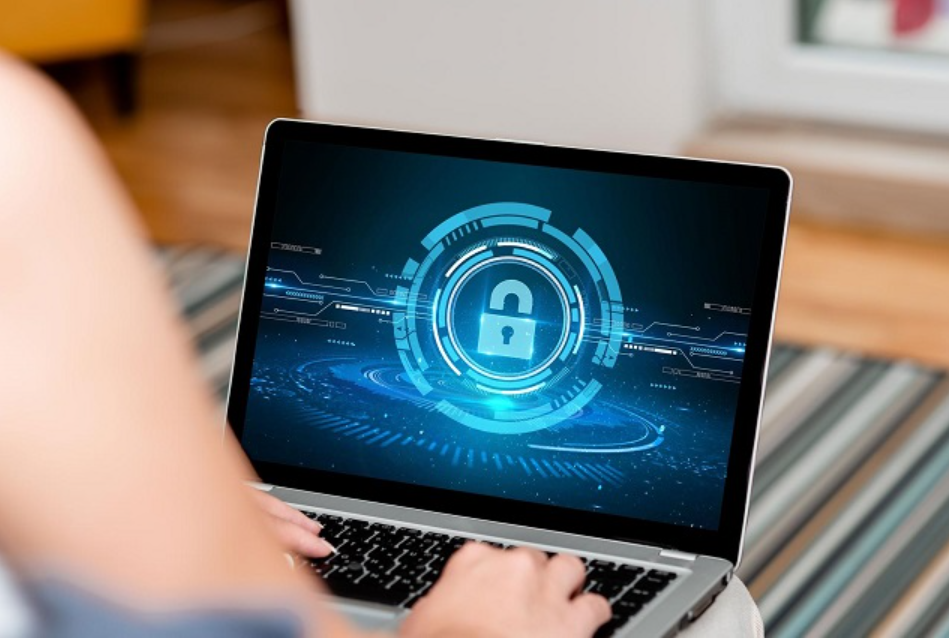How to Keep Your Personal Data Safe in a Digital World
In today’s digital landscape, the protection of personal data has become paramount. Individuals often overlook the risks associated with sharing information online. Strong passwords and two-factor authentication are essential safeguards, yet many remain unaware of their importance. Additionally, public Wi-Fi can pose significant threats during online transactions. As the digital world evolves, so do the methods of safeguarding personal information. What strategies can be employed to enhance security and mitigate potential breaches?
Understand the Risks of Sharing Personal Information
Although many individuals believe that sharing personal information online is harmless, a thorough understanding of the associated risks reveals a more complex reality.
Data breaches can expose sensitive information, while social engineering tactics manipulate individuals into revealing personal details.
Such vulnerabilities compromise not only personal privacy but also individual autonomy, emphasizing the need for vigilance in digital interactions to safeguard one’s data.
See also: How Technology Is Changing the Real Estate Industry
Use Strong Passwords and Two-Factor Authentication
To mitigate the risks associated with sharing personal information, implementing strong passwords and two-factor authentication (2FA) is paramount.
Utilizing password managers can generate and store complex passwords, reducing the likelihood of breaches.
Additionally, authentication apps enhance security by requiring a second verification step, thereby adding an extra layer of protection.
Together, these tools empower individuals to safeguard their digital freedom effectively.
Be Cautious With Public Wi-Fi and Online Transactions
Public Wi-Fi networks, often regarded as convenient gateways to the internet, pose significant security risks for users.
These public networks can expose personal data to cyber threats, particularly during online transactions.
To safeguard sensitive information, individuals should prioritize secure connections, such as using virtual private networks (VPNs) and avoiding financial activities on public Wi-Fi.
Caution is essential in navigating these vulnerable environments.
Regularly Monitor Your Accounts and Privacy Settings
Monitoring accounts and privacy settings is a critical component of personal data security.
Regularly conducting privacy audits and setting up account alerts can help individuals detect unauthorized access or suspicious activity promptly.
By staying vigilant, users can safeguard their information and maintain control over their digital lives.
This proactive approach fosters a sense of freedom, ensuring personal data remains protected from potential threats.
Conclusion
In an era where digital interconnectivity is ubiquitous, the safeguarding of personal data emerges as a paramount concern. Coincidentally, as individuals become increasingly reliant on technology, the frequency of cyber threats escalates. By understanding the inherent risks and implementing robust security measures—such as strong passwords, two-factor authentication, and cautious online behavior—they can significantly mitigate potential breaches. Ultimately, the responsibility lies with each individual to cultivate a secure digital environment, ensuring their personal information remains protected amid growing vulnerabilities.





